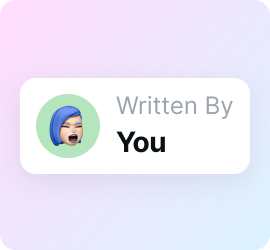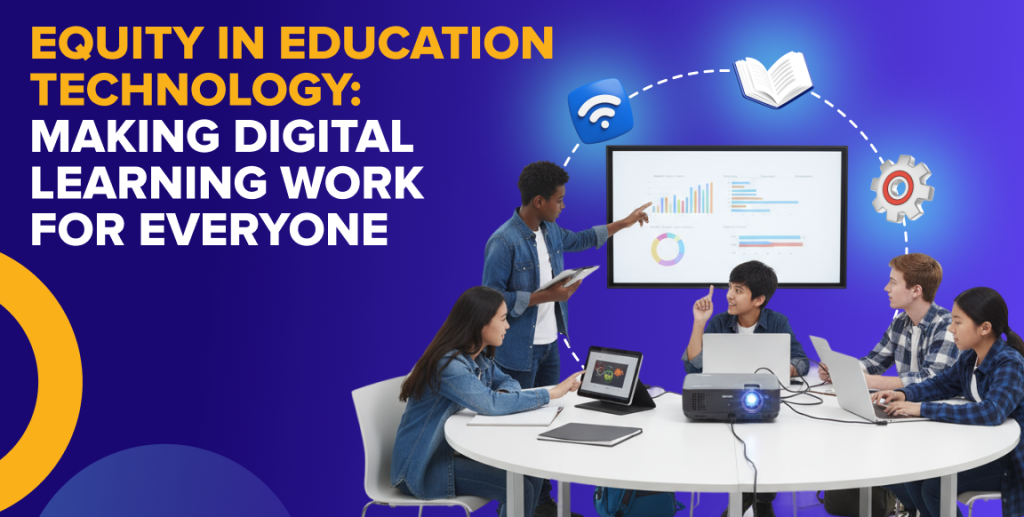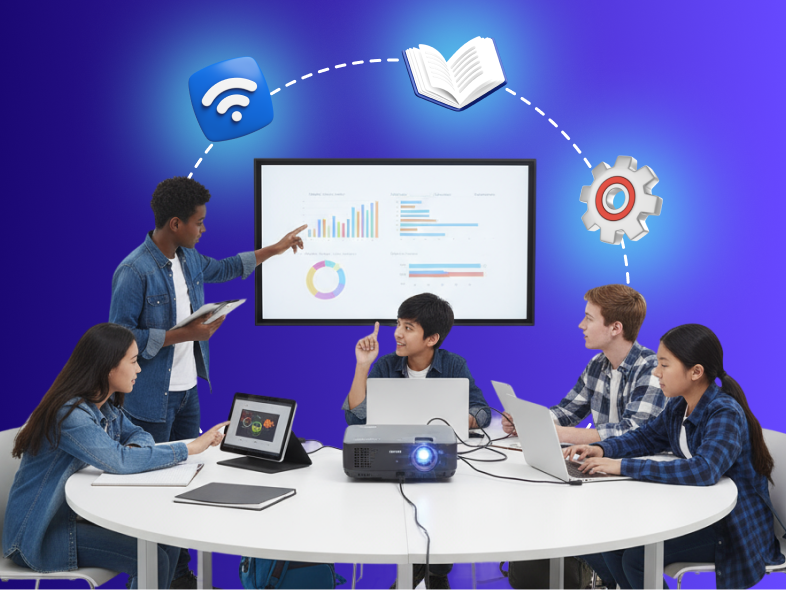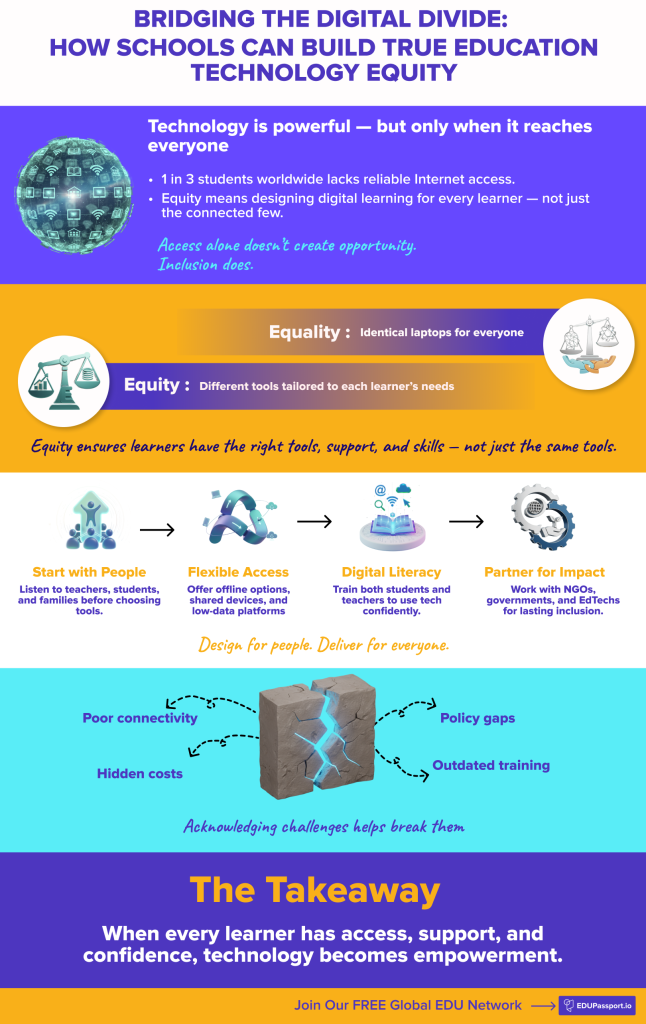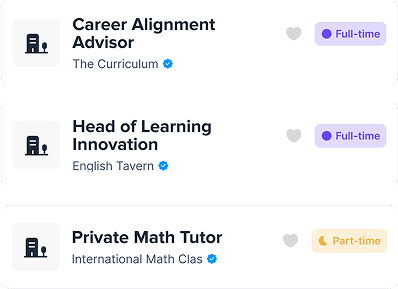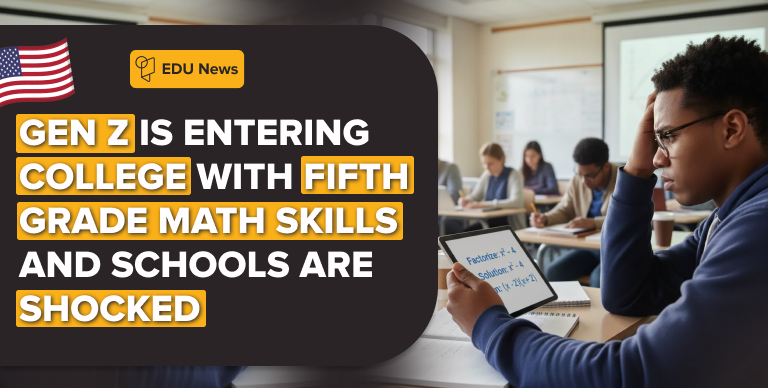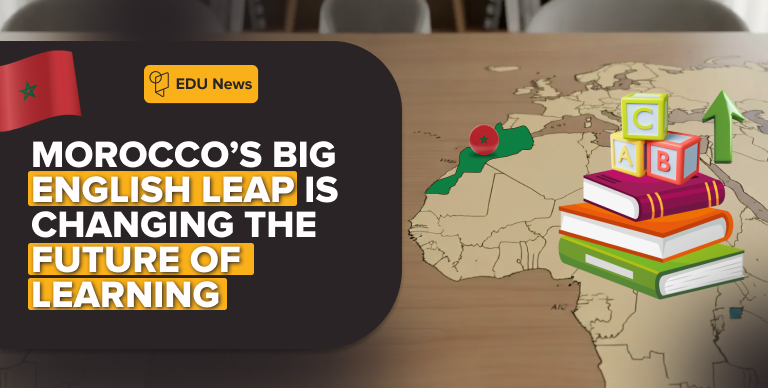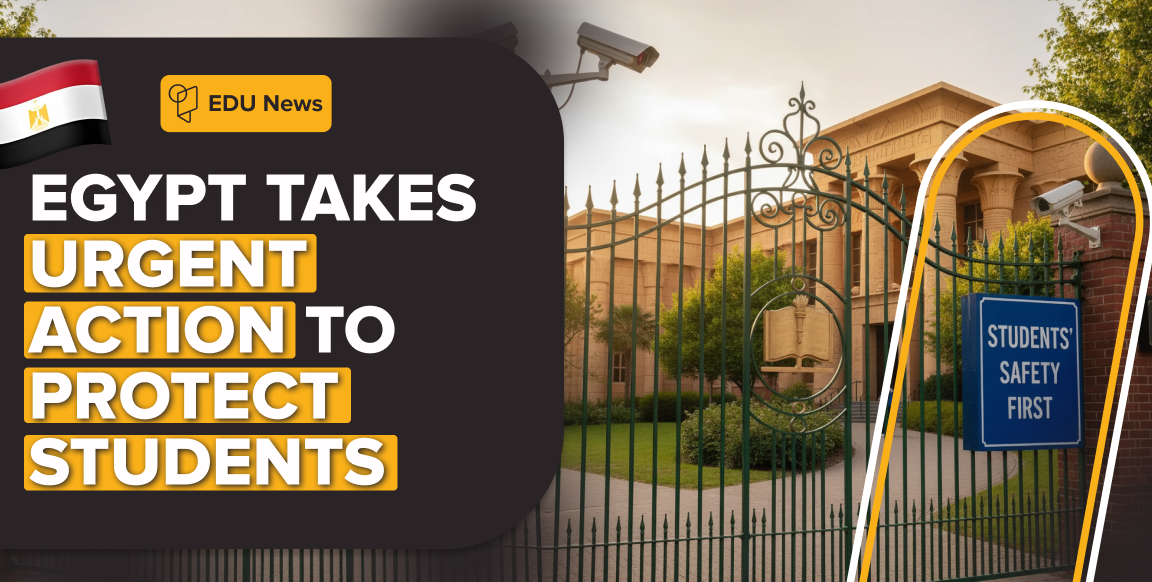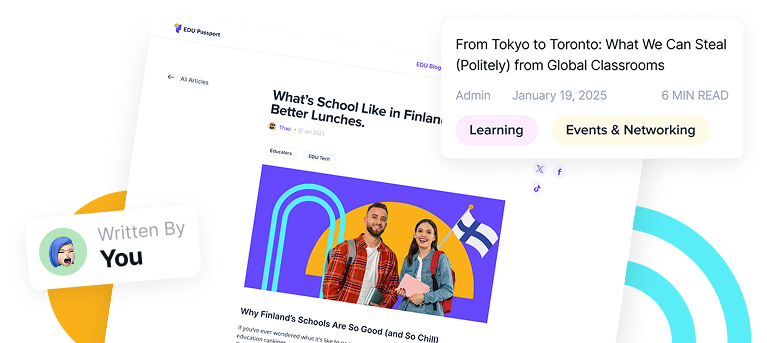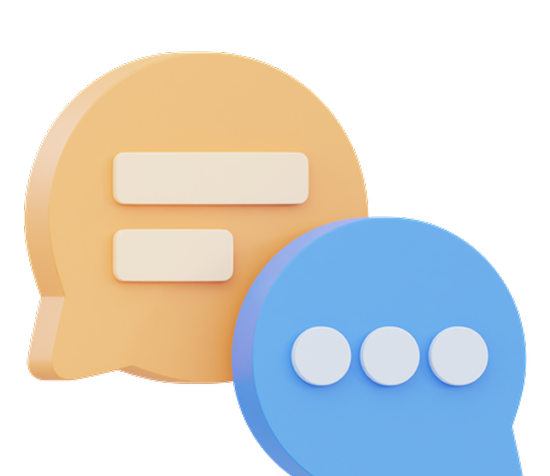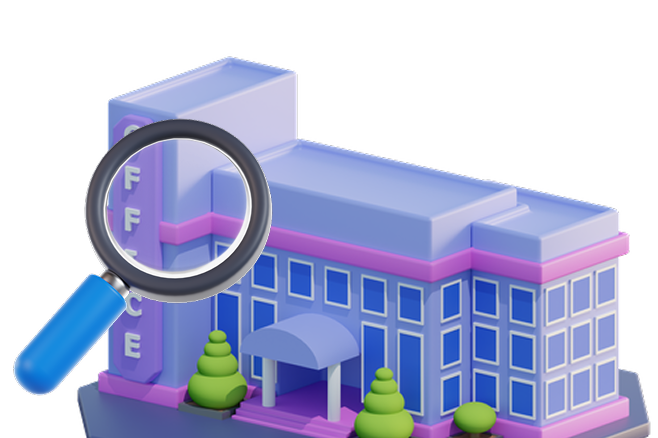Technology has become the heart of modern education, connecting learners across classrooms, countries, and time zones. Yet as digital tools expand opportunities, they also raise a key question: Who gets to benefit from them equally?
True progress in education technology equity means more than putting devices in classrooms. It’s about designing systems where every learner — regardless of income, ability, or location — can thrive. When equity meets innovation, technology stops being a privilege and becomes a bridge.
What Education Technology Equity Really Means
Equity is often mistaken for equality. Giving every student the same device sounds fair, but it doesn’t guarantee equal opportunity. A student with fast Wi-Fi and digital literacy will always have an advantage over one who struggles to connect or navigate online tools.
Education technology equity is about giving each learner what they need to succeed. This includes affordable access, inclusive design, adaptable tools, and consistent support for both students and educators.
Schools and policymakers must ask:
- Do all students have reliable access to devices and the Internet?
- Are digital resources available in multiple languages and accessible formats?
- Are teachers trained to use technology confidently and creatively?
When these questions drive decisions, technology becomes an equalizer rather than a divider.
The Double-Edged Nature of EdTech

Technology has the power to transform classrooms — but only when implemented thoughtfully. When ignored or misused, it can deepen existing inequalities.
For instance, wealthier schools often have cutting-edge tools and high-speed Internet, while under-resourced schools struggle with outdated systems or limited support. Students from lower-income families may depend on mobile phones for learning, often sharing devices with siblings. Teachers, too, can feel left behind if professional development stops at one quick workshop.
The result? A digital gap that mirrors old educational divides in new forms.
Addressing this requires more than funding. It demands long-term planning, inclusive policies, and genuine collaboration between educators, communities, and technology providers. When every learner has not only access but also agency, technology starts serving education’s true purpose — empowering people.
How Schools and EdTech Can Build Equity
Schools don’t need unlimited budgets to promote equity; they need intentional design. Here are practical ways to move forward:
- Start with people, not products
Before buying new platforms or devices, schools should listen to teachers, students, and parents. Technology must solve real learning challenges, not create new ones. - Offer tiered and flexible access
Low-bandwidth versions, offline modes, and shared device programs help learners in remote or low-connectivity areas. - Invest in digital literacy
Teaching students how to research, create, and collaborate online builds long-term confidence. Teachers also need ongoing support to integrate tech meaningfully into lessons. - Build partnerships that last
Working with nonprofits, universities, or local governments can extend resources and ensure sustainability beyond pilot projects.
These steps turn technology from a status symbol into a shared opportunity.
Building the Future: Tech as a Tool for True Inclusion
Creating equity in education technology isn’t a one-time fix; it’s an ongoing commitment. It involves honest reflection, continuous feedback, and policies that evolve as technology does.
When schools adopt a culture of inclusion, they nurture innovation too. Students who feel seen and supported are more likely to engage, create, and succeed. Educators who feel confident with digital tools can teach with creativity instead of fear.
In short, equity fuels excellence. When every learner has the tools and support they need, technology becomes what it was meant to be — a bridge to opportunity, not a barrier to it.
Join the Movement
At EDU Passport, we believe global learning should be inclusive, accessible, and human. Explore our resources, connect with educators worldwide, and discover how technology can truly empower every learner.
Visit edupassport.io to learn, collaborate, and lead with equity in mind.



